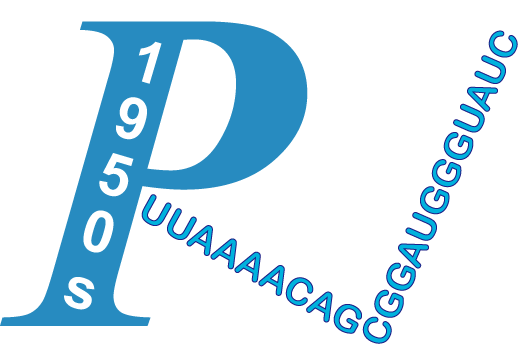| Title | A population-based study on the determinants of heart rate and heart rate variability in the frequency domain. | ||
| Author | Fagard, R H | ||
| Journal | Verh K Acad Geneeskd Belg | Publication Year/Month | 2001 |
| PMID | 11284389 | PMCID | -N/A- |
| Affiliation | 1.Hypertension and Cardiovascular Rehabilitation Unit, Department of Molecular and Cardiovascular Research, Faculteit Geneeskunde, K.U.Leuven, U.Z. Gasthuisberg-Hypertensie, Herestraat 49-B 3000 Leuven. | ||
The main objective of the present study was to identify the determinants of heart rate (HR) and of the low-frequency (LF) and high-frequency (HF) components of short-term heart rate variability (HRV) in the population. HF power represents vagal modulation of HRV and LF power predominantly sympathetic modulation. Data were collected in a population-based sample of 614 men and women, aged 25-89 years. Because of the uncertainty on the optimal methodology for power spectral analysis of HRV, we first compared the results obtained with the two most frequently used methods. We found that autoregressive modelling and fast Fourier transform yielded similar overall qualitative results, but that within subject differences between methods could be considerable. Results could also differ according to whether they were expressed in absolute (ms2) or in normalized (%) units. Age and gender significantly influenced HR and various components of HRV. Furthermore we observed significant interactions between age and gender regarding several components of HRV, indicating that men and women differ at younger age, but not after the age of about 50 yrs. Parasympathetic modulation appeared to be greater in women than in men at younger age, but not after the age of menopause. The changes of HR and HRV on standing were attenuated with increasing age. Influences of body mass index, smoking, alcohol consumption and habitual physical activity were small to negligible. In conclusion, the employed methodology and several demographic, anthropometric and/or lifestyle characteristics should be taken into account for the interpretation of HRV in cardiovascular disease.
